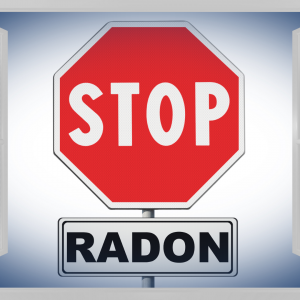
What is Radon?
Radon is a naturally occurring radioactive gas in that air that is in fact, the second leading cause of lung cancer. The radioactive gas results from decay of uranium found in trace amounts in soil, rock and water. Radon is only a threat inside your home, not outside. If radon enters your home or other buildings, it can accumulate to dangerous levels. Since a large amount of our time is spent in our home, this is can pose a serious health risk and is why you should get your home tested!
Why you should test!
You cannot tell if your home has radon by simply looking at it. You cannot see, smell or taste radon. In order to know if your home has radon, you need to test. Don’t think because your home was just built it won’t have radon. Any home can have radon, basement or no basement, new or old. Don’t take the chance! Get your home tested today. Contact Eagle Inspections to schedule your test!
Buying a home? Was your house tested when you bought it years ago?
A perfect time to test for radon is before you buy a home. It’s helpful to determine if you home has dangerous levels of radon before you make settlement. Do you currently live in a home that was never tested? You should still test to see if you and your family are at risk.
Where is the test performed and how long does it take?
The equipment will be placed in the basement or the lowest livable level of the house. The EPA requires radon tests regarding real estate transactions are a 48 hour (2 day) test under closed house conditions, 12 hours prior and during the length of the test.
What does closed house conditions mean? 
Prior to testing, all windows and exterior doors must be closed 12 hours prior and remained closed at all times except for normal entry or exit (a few moments) AC (central and wall/window units) may be used as long as it recycles indoor air only. No fans can be used in the same room where the monitoring device is located because of the drafts created. Failure to observe closed-house conditions or tampering with the radon equipment will invalidate the test and further the delay the process. The test will then be extended to a 96 hour (4 day) test.
How it radon measured and when to correct?
The amount of radon in the air is measured in picoCuries per liter (“pCi/L”) The US EPA recommends correcting the problem if your home has an indoor radon level of 4.0 pCi/L or higher. Although, radon levels less than 4.0 pCi/L can still pose a risk. It is typically simple to reduce the radon levels in your home at an affordable cost. A mitigation contractor should be contacted to do so.
Want to learn more about radon?